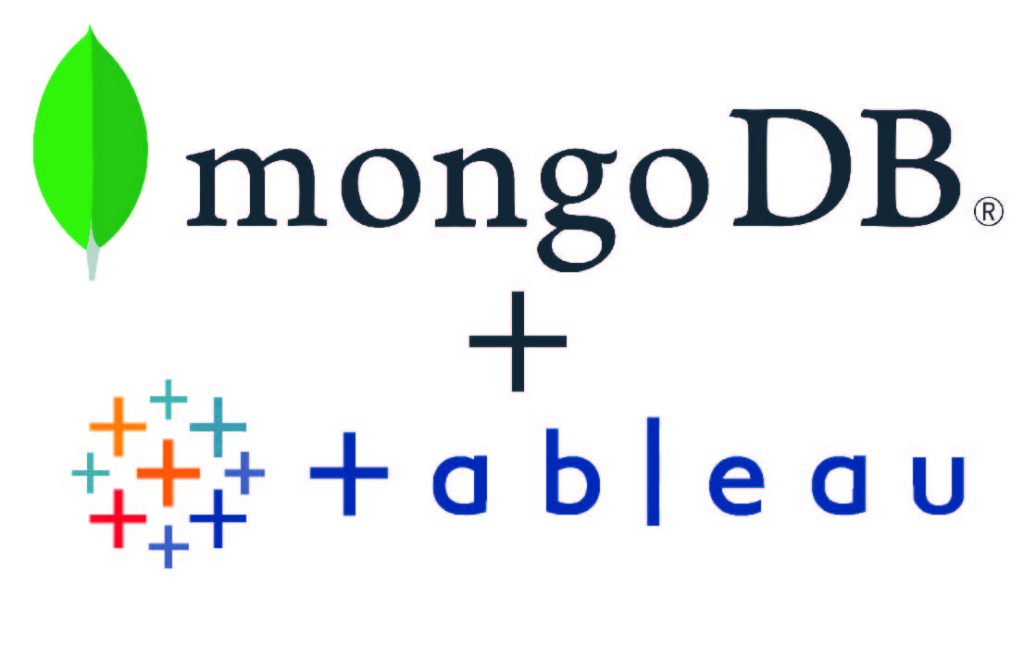What is Tableau?
Tableau is a specialized, end-to-end analytics platform that makes it easier for people to manage and explore data faster and more efficiently, allowing individuals and organizations to become more data-driven. Tableau is a market leader for modern business intelligence (BI), allowing data to be taken from almost any system and turned into actionable insights.
The Tableau community consists of over one million diverse and engaged members that actively support one another by sharing their insights and experiences through online forums, over 500 worldwide user groups, annual Tableau conferences, and more. Tableau is driven by customer communication and feedback, which has allowed it to grow and help transform organizations the world over, including Verizon, Lenovo, Honeywell, Hello Fresh, and many more.
What is MongoDB?
MongoDB is a document database that provides users with effective scalability and flexibility, which allows for the cueing and indexing of critical data at any scale. This makes it practical for small and medium data lakes, whether structured or unstructured.
MongoDB stores data in specialized JSON-like documents that allow the data to be structured effectively and in easy to work with ways that can be altered over time while mapping it to the objects in an organization’s application code. It also offers ad hoc queries, real-time aggregation, and indexing to provide practical ways to more easily access and analyze data, along with easy-to-use horizontal scaling, geographic distribution, and more.
The data can be stored in the cloud or a server, depending on a business’s preference. MongoDB utilizes a unique and expressive query language that allows users to sort and filter any data field, even if it is deeply nested within a particular document. It also supports modern use-cases and aggregations, including graph searching, geo-based searching, and text searching.
Important: Ensure Your Data is Ready for Analysis!
Before you put work into connecting Tableau and MongoDB, review your data. Questions to ask:
- Is ALL the data you want to analyze already in MongoDB? Chances are, there is data stored elsewhere that you will want to include.
- Is your data clean? Analysis requires your data to be free of noise/errors/duplication. This is especially true if you’re automating your reporting and data prep.
- Is your data already formatted for how Tableau needs it?
There is actually a type of software that specifically addresses all of the above considerations. ETL software, or a variation called ELT, pulls in your data from many sources, prepares it for analysis, and leaves it housed in whatever database you prefer. Zuar’s ELT solution is called Mitto. This solution provides the following benefits:
- Bring in data from many sources. Combining data from different sources breaks down the silos that cause incomplete analysis and reporting. Zuar has a variety of existing built-in connectors and plug-ins that maximize time to value. Mitto can easily integrate with APIs, databases, and files and if there is not a pre-built connector that you need, Zuar can build one for you.
- Select the type of destination database you prefer to store your data in. The default is PostgreSQL, but others can be used like MongoDB.
- Automate the transformation of data as it’s prepared for the destination database. Add contextual information, pivot, aggregate, pre-calculate and create new tables for advanced analytics.
- Employ alerts to actively monitor the flow of data.
Visit here to learn more about Mitto.
Instructions to Connect Tableau and MongoDB
With the continued growth of both Tableau and MongoDB, many analytics professionals need to connect the two platforms to produce one practical pathway for data storage, indexing, and analysis. This can be tricky though, because Tableau requires data in a relational format (tables with rows and columns). MongoDB, however, does not store its data in a relational structure. This means that some form of data restructuring is required.
The easiest, most straightforward way to connect the platforms is by installing the MongoDB Connector for BI. These are the requirements for this solution:
- MongoDB Enterprise Advanced subscription
- Tableau version 10.3 or later
- A running mongod instance or Atlas deployment
- A running mongosqld instance running with authentication enabled using –auth, or the BI Connector for Atlas enabled
Learn more about Zuar’s products & services, plus schedule a free data strategy assessment.
Are you looking for specialized, cost-effective Tableau consulting or Tableau server deployment services? Zuar’s Tableau-certified consultants are here to help!
